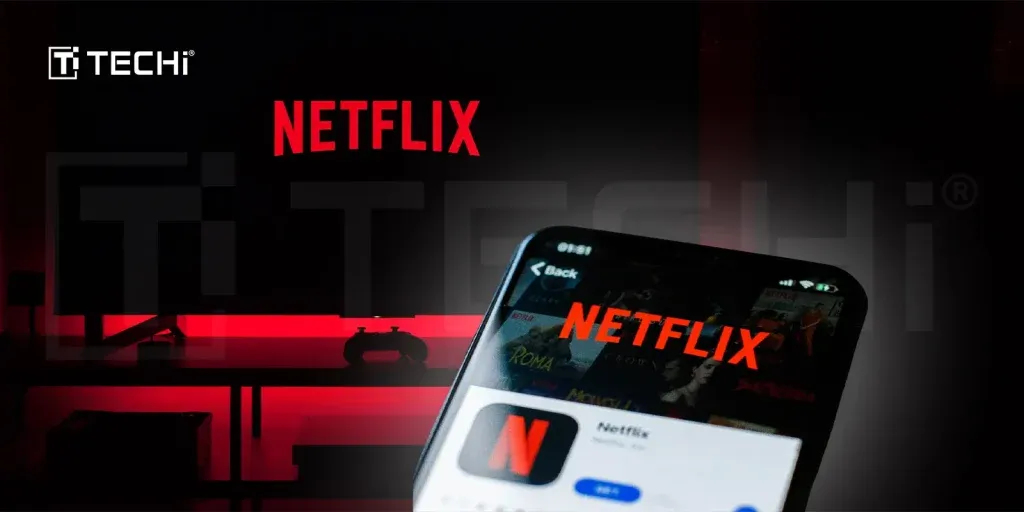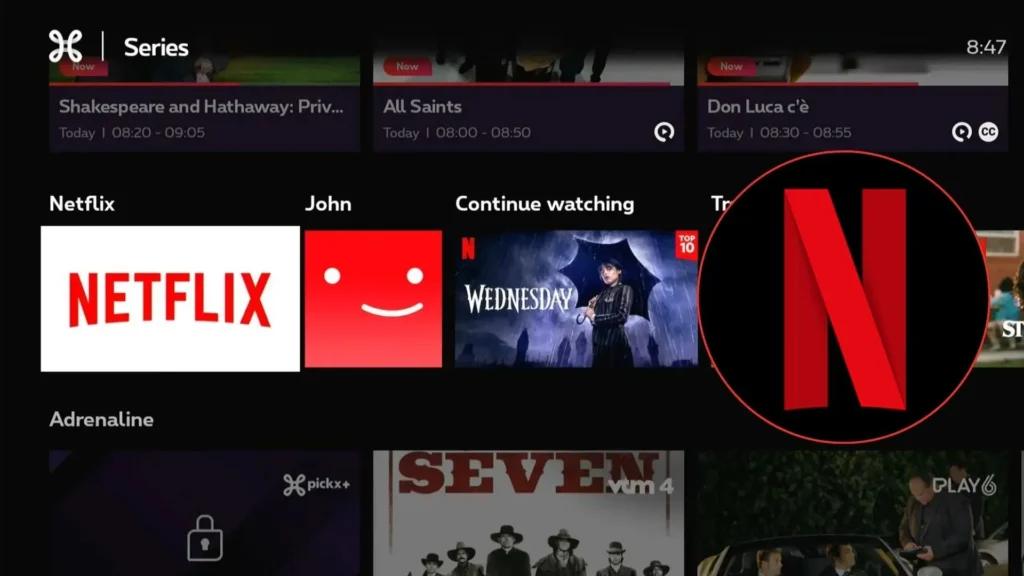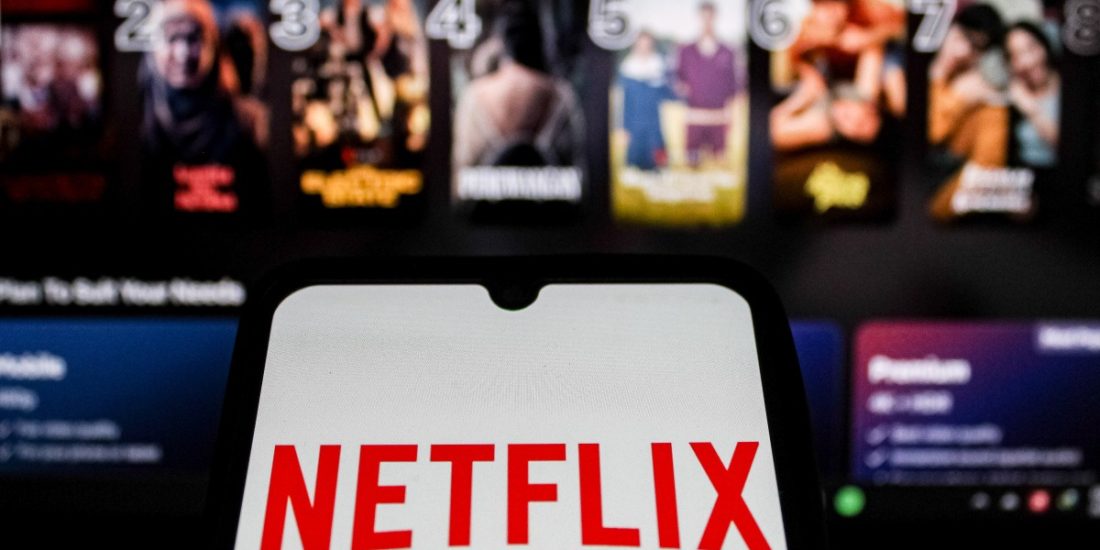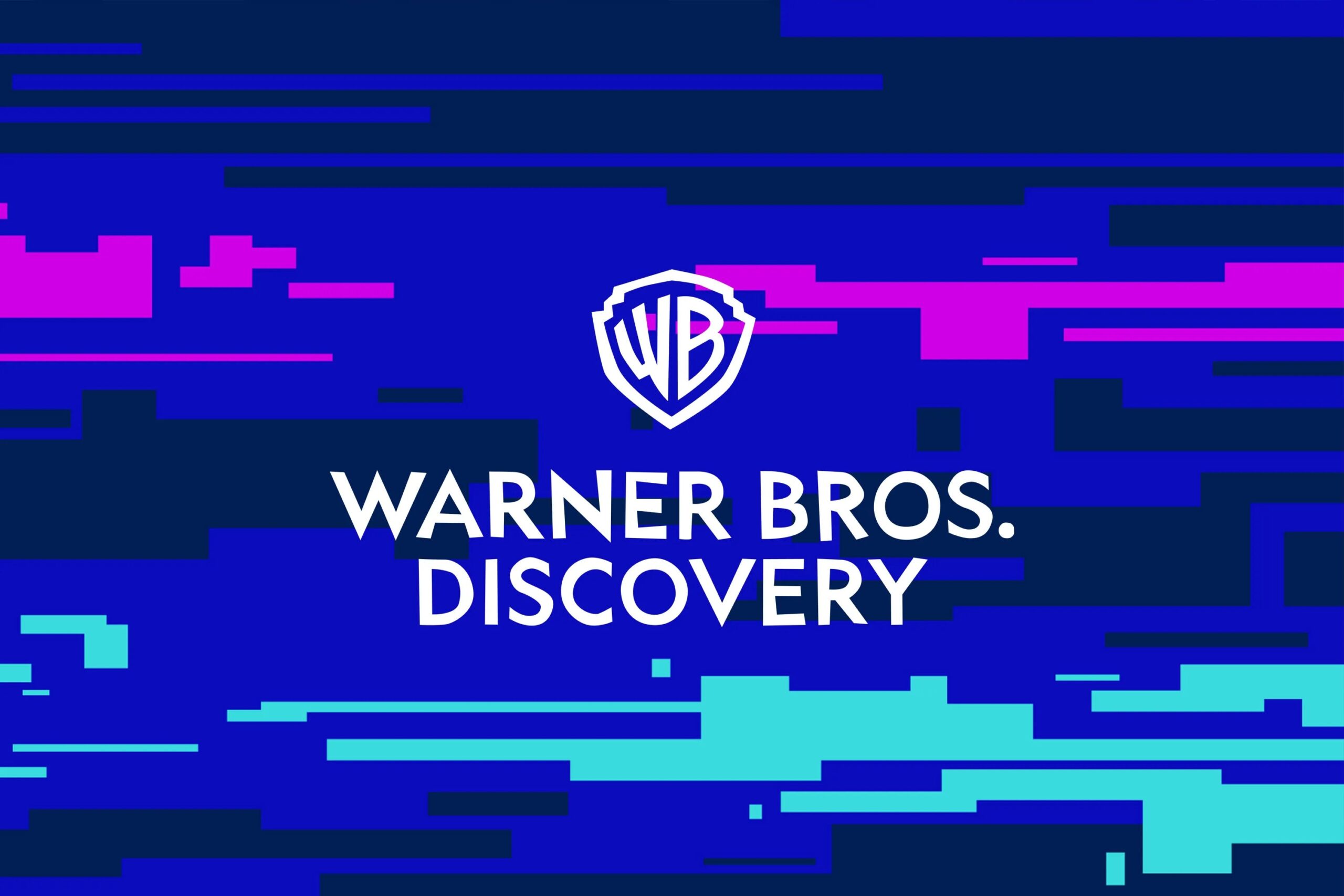Netflix’s latest upgrade isn’t a flashy new series—it’s an invisible algorithm reshaping every scroll, click, and binge session.
AI-powered Netflix search rolled out to U.S. iOS users in May 2025 and will reach global Smart-TV apps by September.

Early data show a 22 percent drop in “search abandonment”—those moments when users give up and rewatch comfort fare instead of finding something new.
From Keywords to Conversations
Traditional streaming search relied on rigid keywords and broad genre tags. The new system, built on a custom GPT-4o model fine-tuned with billions of anonymized viewing events, lets you type or dictate natural language such as:
- “I’m in the mood for a funny but not stupid heist movie under two hours.”
- “Show me Latin-American dramas about food and family.”
The AI parses intent, tone, and even runtime constraints, then cross-references your personal viewing graph to deliver precise options in under two seconds. “Search feels like texting a movie-savvy friend,” says Netflix VP of Product Anna Lee.

How the Engine Works
- Intent decoding – The model breaks a query into mood, theme, pace, length, and language tokens.
- Real-time profile blending – It weighs those tokens against your micro-genre history (yes, Netflix knows you binge Scandinavian cozy crime at 1 a.m.).
- Dynamic artwork – AI then swaps thumbnail frames to match your taste: romance fans see a kiss; action fans see an explosion—for the same title.
- Continuous learning – Every skip, rewatch, and thumbs-down loops back into the system, sharpening future results.
Netflix research papers show the engine retrains nightly on 600 billion data points—an unprecedented feedback loop that keeps AI-powered Netflix search evolving alongside user behavior.
Tangible Benefits for Viewers

| Pain Point (Old) | AI-Powered Fix (New) |
|---|---|
| Endless scrolling | 30 % faster time-to-play after introducing conversational queries |
| “Nothing fits my mood” | Mood & vibe tags (e.g., “cozy sci-fi,” “bleak romance”) surface nuanced matches |
| Forgotten watchlists | Contextual nudges—“Finish episode 3 before Season 2 drops tomorrow” |
| Accessibility gaps | Voice search + multiscript subtitles auto-enabled for low-vision users |
Early A/B tests reveal a 12 percent increase in full-series completions among subscribers who use the conversational bar at least once a week.
Broader Implications for Content Discovery
More Risk-Taking in Viewing
When discovery friction drops, viewers sample unfamiliar regions and genres. Netflix reports a 40 percent lift in non-English series starts among early AI-search adopters, boosting Korean rom-com Pulse and Spanish thriller Under a Dark Sun into the Top 10 within days.
Smarter Licensing and Production
By analyzing natural-language trends (“feel-good zombie shows” spiked 400 percent in June), content teams can green-light niche projects with data-backed confidence. Expect faster spin-offs and micro-genre originals by 2026.
Industry Ripple Effect
Disney+, Amazon, and Max are already piloting similar systems. But Netflix’s decade-long head start in data collection makes AI-powered Netflix search the benchmark competitors must match.
Privacy & Ethical Guardrails
Netflix anonymizes queries and strips identifiers before model training. An opt-out toggle pauses data harvesting, although personalized accuracy drops noticeably. The company also prohibits AI from inferring sensitive traits (politics, health) for recommendations. Regulators in the EU and California are auditing compliance this fall.
Tips to Get the Most from AI-Powered Netflix Search
- Be specific: “Scary but funny Korean movie under 90 minutes” beats “horror.”
- Use voice input: Accuracy climbs when the AI hears natural cadence.
- Refresh preferences: Clearing “continue watching” clutter resets suggestion bias.
- Test languages: Try queries in Spanish or French—the model is fluent in 32 tongues.
The Bottom Line
AI-powered Netflix search isn’t a cosmetic feature; it’s a paradigm shift that turns choice paralysis into curated delight. By merging large language models with Netflix’s vast behavioral dataset, the streamer now predicts why you press play, not just what you click. The result is faster finds, bolder discoveries, and a viewing experience that feels hand-tailored every single night.










